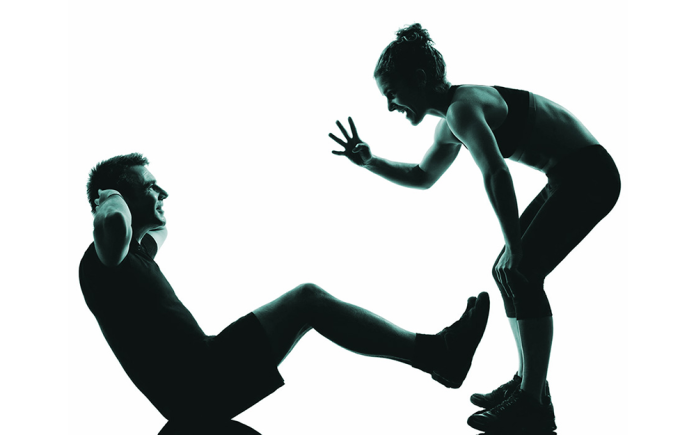
BY COACH NADIA POPOVA
The core musculature includes rectus abdominis, internal and external obliques, erector spinae and pelvic floor muscles. It forms the central link between your upper and lower body and is responsible for maintaining the stability of the spine and pelvis. The core muscles are crucial for the transfer of energy from the larger to smaller body parts and therefore as you can imagine play a huge role when it comes to sports.
The core is at the center of your body, it encompasses your abs, hips, back, and chest. Your core stabilizes your body, allowing you to move in any direction as well as having proper balance. It helps prevents falls and supports your body. So having a strong core is beneficial to everyone because it allows your body to function properly.
A body that is aligned and upright will make you less prone to have back pain. A person’s core is at the center of their body which supports your entire body especially the neck and the back. If a core is not strengthened then other structures of your back will have to work harder to support the body. This leads to muscle strains and back pain.
How do you train your core?
When you perform them correctly, compound movements (squat, bench press, deadlift, etc.) will strengthen your core. When you perform these movements, make sure you are using the correct form at all times.
Isolating your core is also important. The muscles in your core recover more quickly than other muscles, such as the ones in your legs. This means you can train them more during the week. For beginners, Harvard recommends adding core work into your workout routine 2-3 times per week.
Basically, if you’re putting your core under tension over time, you’ll be training it. The best movements are the ones that work multiple muscles at the same time.
Every time we move, we depend on some muscles to hold us steady, and other muscles to actually move us. Core stabilization is the general term for how the muscles of your trunk keep your spine and body stable. This helps you stay balanced when you move. If your core muscles are strong and they contract when they should:
- Your posture is better.
- Your body is balanced.
- Your movement is more efficient and powerful.
- You may be less likely to be injured.
Why is core stabilization important?
The spine itself is just bones stacked on top of one another, and in between the bones—to cushion them—are small discs. The core of each disc has the texture of cheese, and it is surrounded by tough fibrous tissue. To make the spine more stable, the parts are all connected with layers of soft tissue such as cartilage and ligaments. They are also connected by muscles. If these muscles are strong and working in the proper order, you have a solid base for movement and for absorbing the impact of the ground through your body.
The main muscles involved in core stabilization are deep muscles such as the transverse abdominus, the multifidus, and the muscles of the pelvic floor. IT’S NOT JUST YOUR 6 PACK!
If you’re in your middle years, core strength enables you to participate in sports with your children or exercise with your dog safely. This means you can continue to enjoy your favorite hobbies without fear of injuring your back; it also means you can complete home improvement projects without hiring someone.
Finally, once you reach middle age, maintaining a strong core becomes critical for daily living. Do we not all desire to maintain our independence as we enter our 60s, 70s, and 80s? The ability to thrive in old age is contingent upon having a strong core. This allows you to spend time with your grandchildren and accompany your family on vacations. This means you can continue to be yourself.
Our team of highly qualified Personal Trainers are here to help with your Fitness Goals. Visit our website www.cvsendmeatrainer.com or call us at (760)880-9904











































